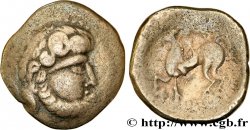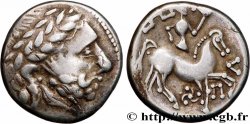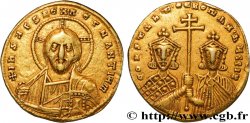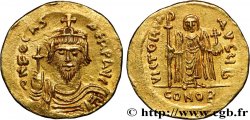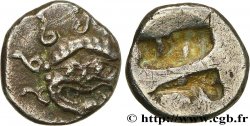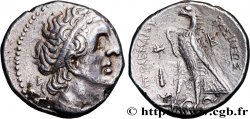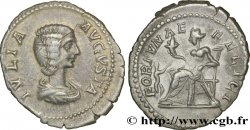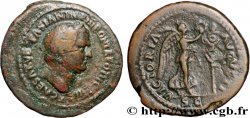Live auction - bga_835994 - CELTI DEL DANUVIO Tétradrachme “au rameau”
Devi Sign-in ed essere un offerente approvato fare un'offerta, Login per fare offerte. Conti sono soggetti ad approvazione e di approvazione sono raggiunti entro 48 ore. Non aspettare fino al giorno di una vendita si chiude per registrarti.Confermando la tua offerta su questo oggetto ti impegni ad un contratto legalmente vincolante per l'acquisto di questo prodotto e fare clic su «offerta» costituisce accettazione dei termini di utilizzo de live auctions cgb.fr.
Offerta deve essere collocato in euro gli importi interi vendita only.The si chiuderà al momento sulla descrizione dell'oggetto, eventuali offerte pervenute al sito dopo l'orario di chiusura non verranno eseguite. Volte transmition possono variare e le offerte potrebbero essere respinto se si attende per gli ultimi secondi. Per ulteriori informazioni ckeck le FAQ Live auction.
Le offerte vincenti saranno sottomesse ai 18% per spese di compartecipazione alla vendita.
Le offerte vincenti saranno sottomesse ai 18% per spese di compartecipazione alla vendita.
| Valutazione : | 900 € |
| Prezzo : | 600 € |
| Offerta maxima : | 600 € |
| Data di fine vendita : | 05 settembre 2023 15:39:55 |
| partecipanti : | 1 partecipanto |
Tipo : Tétradrachme “au rameau”
Data: (IIe-Ier siècles avant J.-C.)
Metallo : argento
Diametro : 23,5 mm
Asse di coniazione : 3 h.
Peso : 14,19 g.
Grado di rarità : R2
Commenti sullo stato di conservazione:
Belle monnaie sur un flan épais et centré. Très beau portrait de Zeus au droit, finement détaillé. Revers tréflé. Patine grise
N° nelle opere di riferimento :
Pedigree :
Cet exemplaire provient de la collection Norbert Michaud, fameux collectionneur d’art japonais
Diritto
Titolatura diritto : ANÉPIGRAPHE.
Descrittivo diritto : Tête laurée de Zeus à gauche, grènetis.
Rovescio
Descrittivo rovescio : Cavalier au pas à gauche, tenant une palme de la main droite ; le cheval lève l'antérieur à droite ; légende dégénérée autour du cheval.
Legenda rovescio : FILIP - POU
Commento
Cet exemplaire est celui de MONNAIES 28, n° 688. Ce tétradrachme semble être des mêmes coins que le n° 688 de MONNAIES 28 et du n° 3 de la vente LANZ 154. Mis à part ces exemplaires, ce type précis semble manquer à tous les ouvrages et catalogues de musées consultés.
Si le statère d’or de Philippe II de Macédoine a servi de prototype à de nombreuses imitations gauloises, le tétradrachme n’a pas été imité en Gaule, mais reste principal sujet d’inspiration des monnaies pour les Celtes du Danube (LT. 9697-9767, 9768-9832, 9618-9630, 9870-9886). Les premières imitations furent frappées dans le premier quart du IIIe siècle avant J.-C. La fabrication des copies serviles, puis des imitations, enfin des frappes celtiques continuèrent pendant plus de deux siècles.
This example is that of MONNAIES 28, n° 688. This tetradrachm seems to be from the same dies as n° 688 of MONNAIES 28 and n° 3 of the LANZ 154 sale. Apart from these examples, this precise type seems to be missing from all works and museum catalogs consulted. If the gold stater of Philip II of Macedonia served as a prototype for numerous Gallic imitations, the tetradrachm was not imitated in Gaul, but remained the main subject of inspiration for the coins of the Celts of the Danube (LT. 9697 -9767, 9768-9832, 9618-9630, 9870-9886). The first imitations were struck in the first quarter of the 3rd century BC. The manufacture of servile examples, then imitations, and finally Celtic mintings continued for more than two centuries.
Si le statère d’or de Philippe II de Macédoine a servi de prototype à de nombreuses imitations gauloises, le tétradrachme n’a pas été imité en Gaule, mais reste principal sujet d’inspiration des monnaies pour les Celtes du Danube (LT. 9697-9767, 9768-9832, 9618-9630, 9870-9886). Les premières imitations furent frappées dans le premier quart du IIIe siècle avant J.-C. La fabrication des copies serviles, puis des imitations, enfin des frappes celtiques continuèrent pendant plus de deux siècles.
This example is that of MONNAIES 28, n° 688. This tetradrachm seems to be from the same dies as n° 688 of MONNAIES 28 and n° 3 of the LANZ 154 sale. Apart from these examples, this precise type seems to be missing from all works and museum catalogs consulted. If the gold stater of Philip II of Macedonia served as a prototype for numerous Gallic imitations, the tetradrachm was not imitated in Gaul, but remained the main subject of inspiration for the coins of the Celts of the Danube (LT. 9697 -9767, 9768-9832, 9618-9630, 9870-9886). The first imitations were struck in the first quarter of the 3rd century BC. The manufacture of servile examples, then imitations, and finally Celtic mintings continued for more than two centuries.







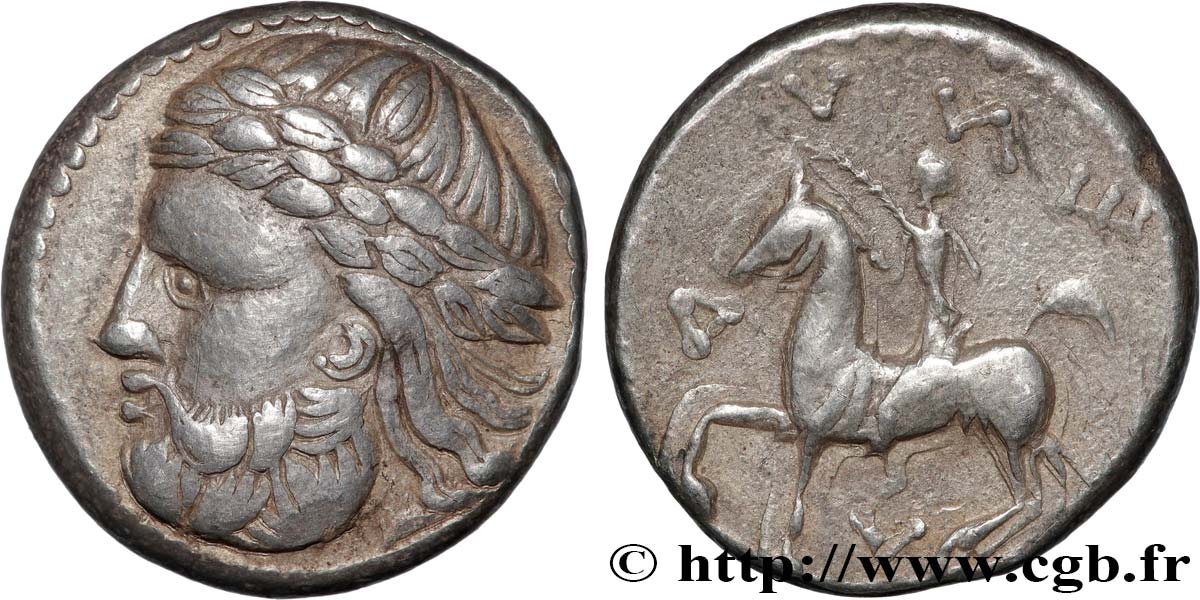
 Segnalare un errore
Segnalare un errore Stampate la pagina
Stampate la pagina Condividi mia selezione
Condividi mia selezione Fai una domanda
Fai una domanda Consegnare / vendere
Consegnare / vendere
 Descrittivo
Descrittivo
